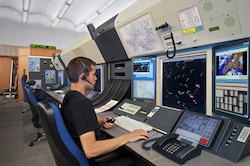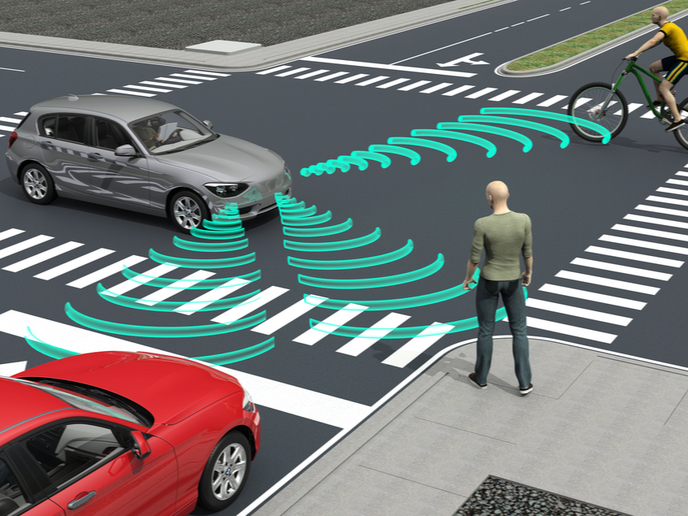Sharing the task for maximum efficiency
Maintaining a safe distance between aircraft is key to safety in the skies. But with continued increase in air travel in Europe, traffic density is rising, putting more pressure on air traffic controllers. Now scientists have developed a collaborative, airborne flight separation management system under the EU-funded AGENT project, which uses a high level of automation to avoid mid-air collisions. The AGENT system is designed to deliver constantly-changing analysis of flight paths, trajectories and collision risks to pilots and traffic controllers to support decision-making in safety-critical situations. “Centralised air traffic control puts pressure on controllers, but the premise of the AGENT project is that separation management can be distributed to some extent, with pilots taking on some of the tasks for negotiating safe separation with the aircraft around them,” explains project coordinator Miquel Àngel Piera, of the Research Group on Logistics and Aeronautics at the Autonomous University of Barcelona (UAB), Spain. While large passenger aircraft are typically equipped with collision-avoidance systems that monitor surrounding traffic, the current systems typically only deal with likely encounters between two aircraft. “AGENT is a more integrated system designed to look at the whole ecosystem around the aircraft,” Professor Piera says. This is important because resolving pairwise conflicts can sometimes generate others, “so it’s a negotiation between all of them,” he says. It also takes into account flight fuel and time efficiencies. Data and combinations The AGENT system uses a huge amount of data amassed by the European Organisation for the Safety of Air Navigation, www.eurocontrol.int (EUROCONTROL), other air safety data, and predictive modelling of flight manoeuvres and trajectories to analyse all possible combinations to resolve a problem within a certain timeframe. “First, the AGENT system computes this timeframe and then negotiations start minutes before the Closest Point of Approach (CPA) which is the point at which a collision could occur,” Professor Piera says. “The computational burden is relatively efficient – in less than a second AGENT can provide a lot of feasible solutions.” Then the AGENT algorithm identifies the conflict-free air spaces, and machine-to-machine communications protocols kick in to facilitate negotiation. Within the simulations developed by AGENT, “the (onboard) computers send information one to another through an interface which indicates their preferences and the resolutions that they would not accept,” Professor Piera explains. The ground controller receives the combinations, provides a time window to the pilots to deal with the negotiations and can also intervene to provide a compulsory resolution. “Under time pressure, agreement needs to be reached, even if it is not the very best solution,” Professor Piera says. Feasible resolutions change constantly. “Five minutes before CPA you can have 1 000 possible combinations for resolution – either climb (higher) or turn left or right for example. Just one minute later it can drop to just 100 resolutions, so you need to reach a negotiated consensus very soon,” Professor Piera explains. Open access simulator These tools have been integrated into an open demonstrator freely available to scientists, and which has validated the results using simulated scenarios. “We were able to solve all the conflicts detected in a low-density traffic situation. We increased the synthetic traffic a little, by 20 %, and were still able to solve all the problems,” Professor Piera says. The research will continue with “realistic increments” in traffic density, he adds. In the first trials, all automated negotiations were cooperative. Research experiments are ongoing to analyse what happens in hostile environments with “non-cooperative” agents. The next step will be to engage air-traffic controllers and pilots to develop the full tool for use in airborne planes, he says. Real-time use is nonetheless still a long way off, with trials needed before it can be used by pilots. But it is ready to be deployed in real time with Remotely Piloted Aircraft Systems (RPAS) or drones communicating with each other, he says.







